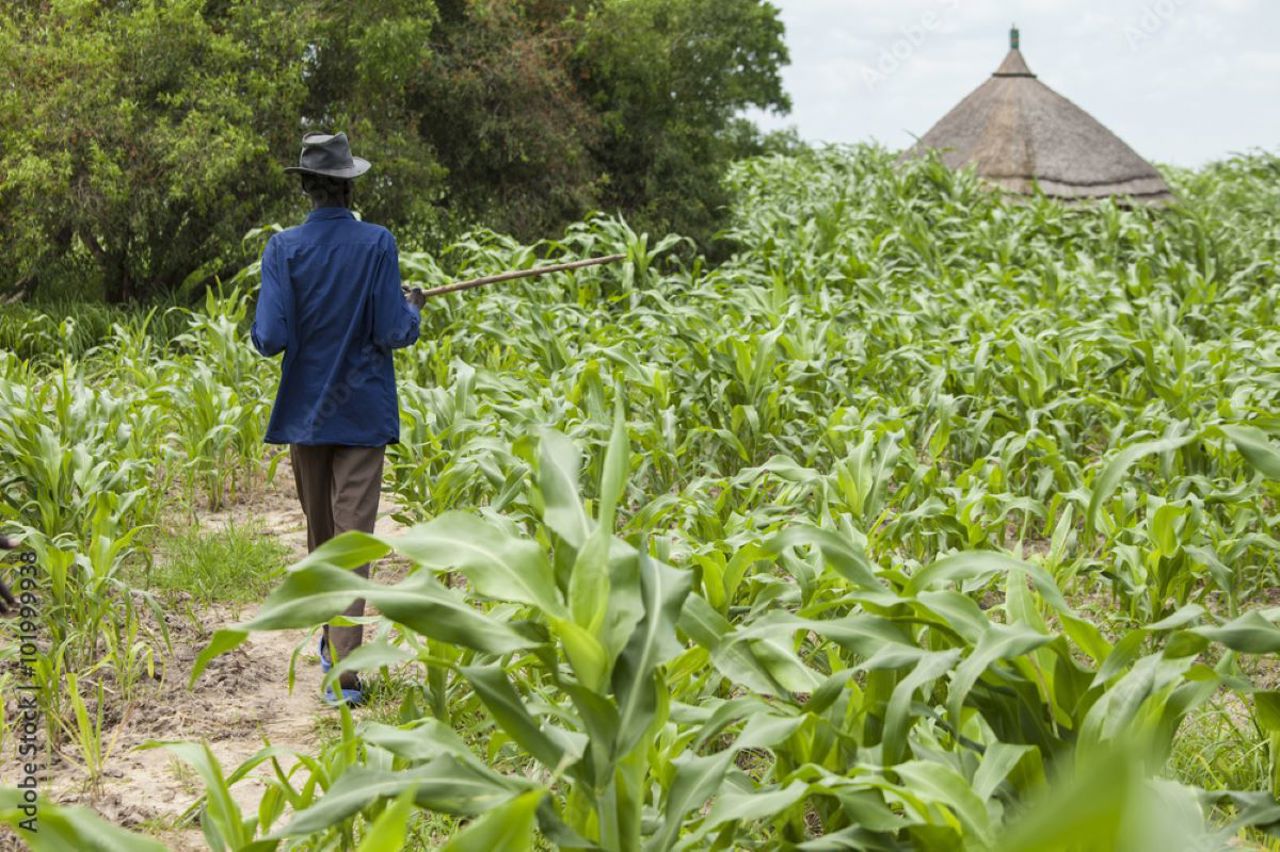
Référence de projet
24-0026-000-SSD-WB-TPM
Durée de l'engagement
2025 - 2027
Budget
574,008
671,820 USD (incl. 72,150 USD WHT)
Pays
Soudan du Sud
Projet de Renforcement de la Résilience Communautaire et de la Gouvernance Locale Phase II : Services d’Agent de Suivi Tiers (TPM)
L’objectif de développement du projet (PDO) de l’ECRP-II est d’améliorer l’accès aux services, de renforcer la résilience face aux inondations et de renforcer la capacité institutionnelle en matière de prestation de services locaux et de gestion intégrée des risques de catastrophe aux niveaux national et infranational.
L’ECRP-II comprend cinq composantes conçues pour améliorer la prestation de services, la résilience face aux inondations et la capacité institutionnelle dans les zones les plus vulnérables du Soudan du Sud. Les cinq composantes de l’ECRP-II sont les suivantes:
L’ECRP-II comprend cinq composantes conçues pour améliorer la prestation de services, la résilience face aux inondations et la capacité institutionnelle dans les zones les plus vulnérables du Soudan du Sud. Les cinq composantes de l’ECRP-II sont les suivantes:
- Composante 1. Infrastructures et services pour la résilience communautaire (113 millions USD): Cette composante soutiendra les investissements éligibles dans les infrastructures et services au niveau communautaire ainsi que les investissements physiques pour la réduction des risques d’inondation. Trois sous-composantes portent sur: les priorités de sous-projets éligibles, les investissements de réduction des risques d’inondation et l’exploitation et la maintenance.
- Composante 2. Renforcement institutionnel (10 millions USD): Cette composante appuie le processus de planification participative pour l’identification des sous-projets à financer au titre de la Composante 1, le suivi de la construction des sous-projets, ainsi que le renforcement des capacités des institutions nationales et infranationales concernées. Trois sous-composantes portent sur: le renforcement des institutions communautaires, le renforcement des gouvernements de comté et le renforcement des gouvernements national et étatiques.
- Composante 3. Réponse d’urgence aux inondations (14 millions USD): Cette composante soutiendra une réponse ciblée aux inondations d’urgence dans les États de Warrap et du Northern Bahr el Ghazal (NBeG), mise en œuvre par des ONG disposant déjà d’une présence géographique et d’une expertise technique dans ces deux États cibles. La sélection des ONG s’est fondée sur: (i) leur présence géographique; (ii) leur expertise technique en matière de réponse d’urgence aux inondations; (iii) une capacité d’absorption adéquate; et (iv) des mécanismes appropriés de gestion des risques environnementaux, sociaux et sécuritaires.
- Composante 4. Gestion et apprentissage du projet (13 millions USD): Cette composante soutiendra: a) la gestion du projet, y compris la planification technique, la gestion financière, les marchés publics, la gestion des risques environnementaux et sociaux (E&S), et la communication; b) le suivi du projet, comprenant un système de suivi géo-spatial et un mécanisme de retour d’information et de gestion des plaintes (MGP), accessible aux réfugiés, PDI et communautés hôtes, et venant compléter les mécanismes existants dans les zones de réfugiés; c) les évaluations d’impt; d) le financement d’un agent de suivi indépendant (TPMA); et e) les coûts de fonctionnement de l’UGP (Unité de Gestion du Proje
- Composante 5. Réponse d’urgence contingente (0 USD): Une composante de réponse d’urgence contingente (CERC), initialement sans allocation budgétaire, permettra la réaffectation rapide des fonds du projet en cas de crise naturelle ou provoquée par l’homme, ainsi qu’en cas d’épidémies majeures d’importance pour la santé publique, durant la mise en œuvre du projet.
Partenaires
Particip (Lead), UPC